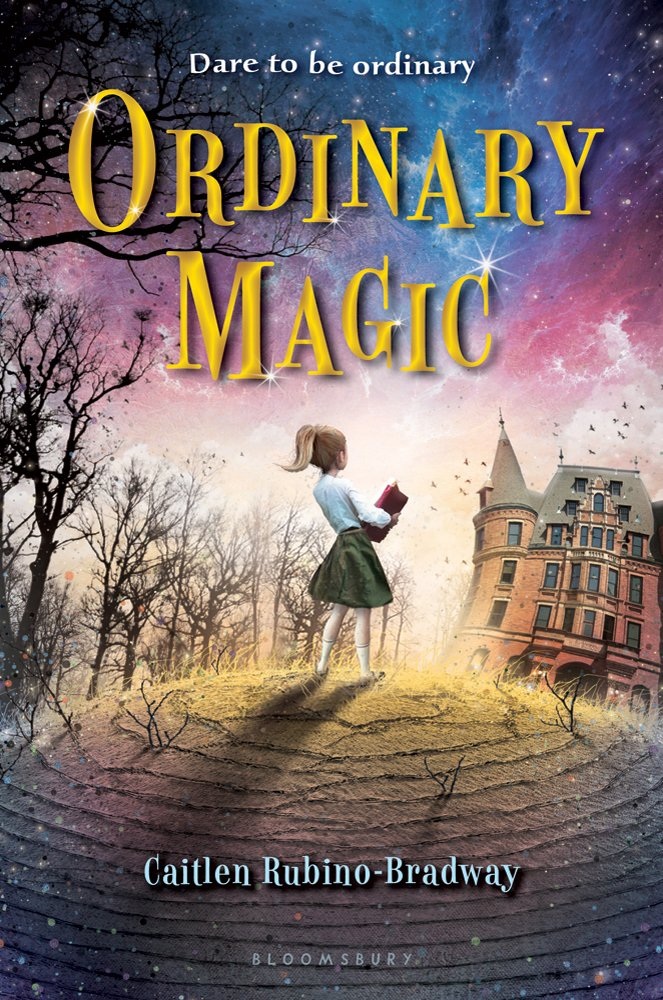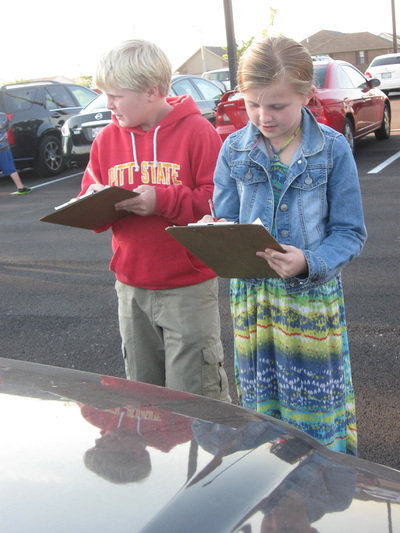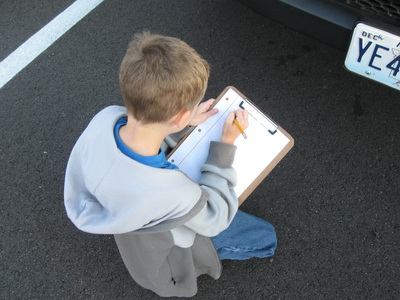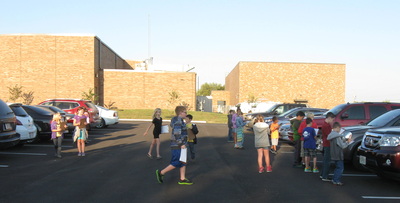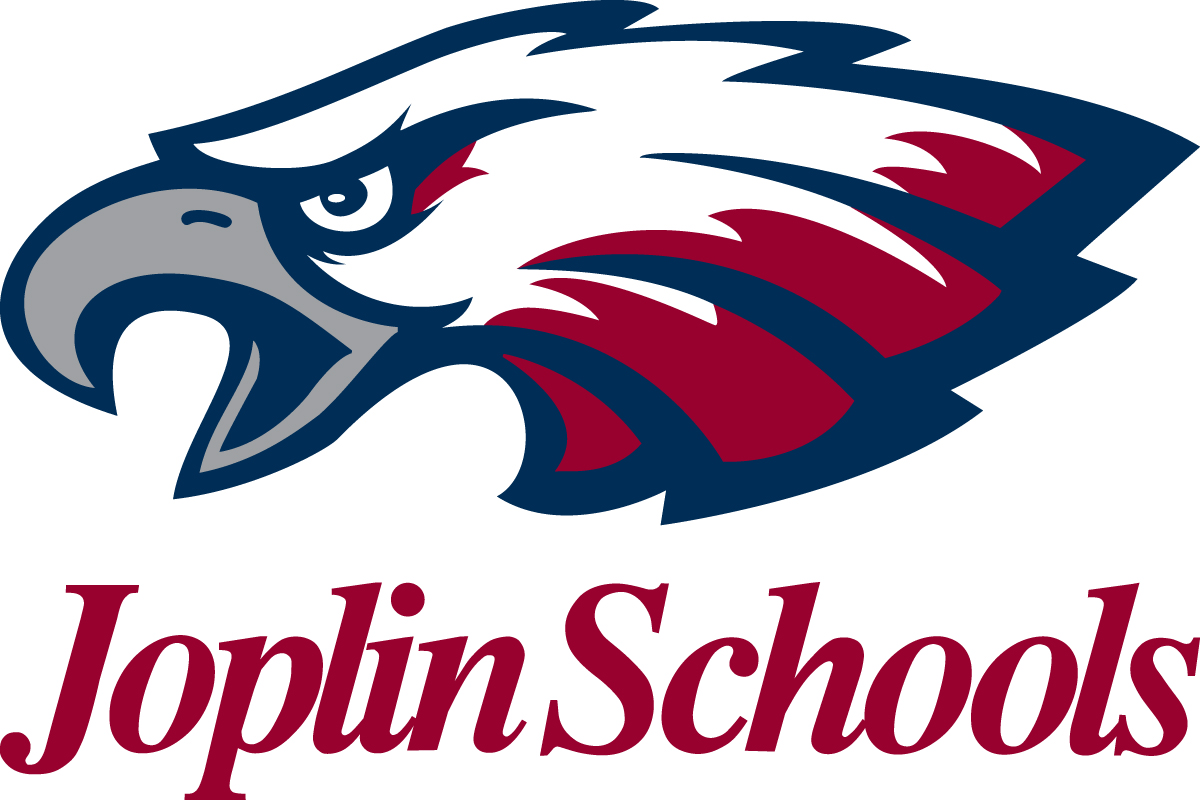Of course, to make stalagmites just took one more step. We're making progress, but there is so much to do...and very little time to get it done.
|
The first formations (speleothems) people identify in cave lore are stalactites and stalagmites. This year, we decided to write descriptive sentences on the flattened paper before bending the paper into cones and crinkling them to provide rock-like texture. Students tried to use figurative language in their sentences. To form the final stalactites, students made the paper into cones, taped them closed, wadded them, then unwadded them. The next step is to attach these to the ceiling.
Of course, to make stalagmites just took one more step. We're making progress, but there is so much to do...and very little time to get it done.
0 Comments
Of course, there is another entrance into Hoggatt Cave - the one I originally stumbled upon, 20 years ago. It is a narrow, vertical entrance through the ceiling of our classroom (actually, just a rope suspended through the empty space where a ceiling tile has been removed). We've talked about how these openings have been formed. It is exciting that our own state is known as the Cave State.
Teaching is a pleasure when everyone is appropriately engaged in an educational activity. Wednesday was one of those days. The activity was something I label as Mystery Numbers. Six teams of students worked to "crack the clues" to determine the answer to solve ten mysteries during our Math time. This activity works to reinforce concepts of place value, problem solving, and math vocabulary - some of the most important and foundational pieces of a Mathematics education.
Working from the top, this mystery can be solved in the first five clues. The remaining clues are then used to confirm that the solution is true.
Teams work to solve each puzzle, confirming with me whether or not each answer is correct as they solve. I keep track of how many times they present an incorrect attempt, and I give very small and consistent hints as they continue to run into trouble. When the solution is correct, the team moves to the next puzzle. If the solution is incorrect, the team returns to find its mistake(s). In Wednesday's work, four of our six teams completed all ten puzzles in the first hour of the day...but as in life, these will only get more difficult as we progress through the next sets of puzzles. On Thursday, only one group was able to work through a packet of 10 puzzles in the time allotted, while on Friday, no one made it all the way through. There are more to come, but we will save those for another time, later in the year. I was just happy that the entire class was able to stay engaged with very little redirection needed from the teacher. Along those lines, Principal Hennessey has privately commented to me that she has been impressed with the class whenever she has stopped by to see how we are doing. She specifically complimented the engagement of our class in appropriate activities.
Practice could make this a pretty impressive feat:  Mr. Culbertson and I are getting prepared to select this year's Math League. Math League is an advanced math "club" consisting of fourth and fifth grade students who compete in two regional competitions during the winter and spring months. Students are selected in a predetermined manner and are expected to attend weekly coaching sessions. These sessions last for 1 1/2 hours after school, and are filled with some amazing math shortcuts. We take these students into "deeper water" by teaching them middle school and high school math. We usually have a great deal with the twelve students who ultimately make the team. For more information about Math League, along with some sample tests, please visit our Math League page.
Author Caitlen Rubino-Bradway also had an opportunity to experiment with discrimination in these pages, but the social aspect of that topic was never developed as I expected, either.
Instead, the story follows the same process as most others in this genre: it simply takes the main character through a series of problems, and never really comes to the climax that it should. The ending, which admittedly may be the most difficult part of a novel to write, lies flat and comes quickly and quite matter-of-factly, obviously establishing a foundation for a (please, not another) sequel.
Hoggatteers took to the parking lot to gather some information about the cars* parked therein. Their task was to locate, record, and sketch any patterns they found within the design of the automobiles. There they were - in the grills, treads, headlights, wheel covers, and license plates - just as we presumed. *No vehicles were harmed in the fulfillment of this activity.
Our study about multiples (including the least common kind) led to an investigation into patterns, and that led to a side topic about tessellations. We even took a quick look at the artwork of M. C. Escher. This week, we took a stab at making our own tessellations in the classroom. To make your own tessellations at home (or wherever you might have the supplies), begin with a small square. We used a three-inch by three-inch square (which happens to have an area of nine square inches). The square, of course, has four sides which we called the left, the right, the top, and the bottom. With scissors, cut a non-straight line from the bottom to the top without cutting any pieces off. You will be left with two pieces that fit together like a puzzle. Now, keeping the pieces oriented as they are when the puzzle fits together (In other words, do not flip or rotate them.), slide the right piece over the left, so that the straight sides are touching. Tape the straight sides together. Beginning in the upper left corner of a full sheet of construction paper, line up the straight top of the taped shape with the top of the paper. Trace the shape. Sliding it to the right so that the left side of the shape fits within the right side of the tracing, keep tracing the shape. When you have made it across the page, slide it down to make a second row. Do the same until the larger paper is covered with the tessellated shape. Trace over the pencil outline with a black marker. Finally, alternating colors, use your crayons to neatly decorate the tessellated masterpiece. Display it with pride; you have just tessellated!
When we break apart the skills involved in reading comprehension, we are constantly amazed at how many skills there really are. We use the same skills when we watch TV shows, listen to music, and view advertisements. They are everywhere: in magazines, in newspapers, on the radio, at the movie theater, and on television. It is important that we protect ourselves from marketing "tricks", which are intended to "hook" the viewers/readers/ listeners. Perhaps the product is cheaply made. Maybe it isn't as it appears. Is it worth the price? Is it something you need? Let's dive right in to a commercial and hone our reading skills along the way. Here is the commercial that started the Got Milk campaign.
For more information about these six reading skills, see Reading Like a Reader.
 The Joplin Public Library is offering a special event, this Saturday from 1:00 to 4:00. Over 20 local authors, including yours truly, will have our books on display and will be available, in person, to answer questions for readers and give inspiration to young writers. This is a come-and-go event, designed for both kids and adults. |
AnthemThe Hoggatteer Revolution
is an extensive, award-winning, inimitable, digital platform for Encouraging and Developing the Arts, Sciences, and honest Christianity in the beautiful, friendly LAND OF THE FREE AND THE HOME OF THE BRAVE This site is described as
"a fantastic site... chockablock full of interesting ideas, hilarious anecdotes, and useful resources." 
...to like, bookmark, pin,
tweet, and share about the site... and check in regularly for new material, posted often before DAWN'S EARLY LIGHT! History in ResidenceElementary Schools: Bring Mr. Hoggatt into your classroom for a week of engaging and rigorous history programming with your students. LEARN MORE BUILDING BETTER
|











